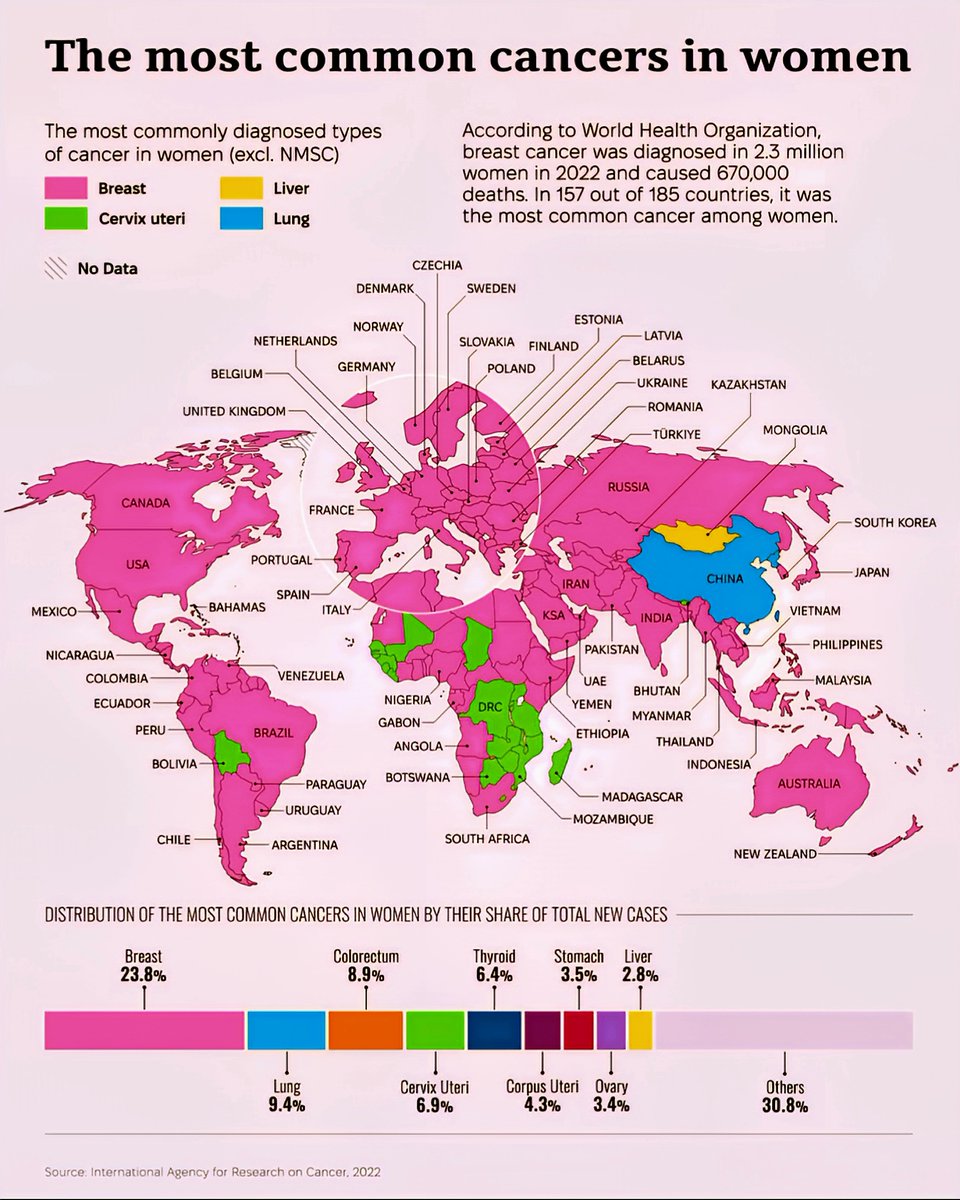Select Language:
5 Most Prevalent Cancers Affecting Women in 2025

1. Breast Cancer: Still Leading the Fight
Breast cancer continues to top the list as the most common cancer diagnosed among women in 2025. Advances in screening technology and increased awareness have contributed to earlier detection rates, which significantly improve prognosis. According to recent statistics, approximately 1 in 8 women will develop breast cancer at some point in their lives. Factors such as genetics, lifestyle, and hormonal influences remain key risks. Regular screenings such as mammograms are critical for catching the disease early. Treatment options now include personalized therapies that target specific tumor markers, resulting in higher survival rates.
2. Lung Cancer: A Persistent Threat
Lung cancer remains a significant health concern for women, ranking as the second most common cancer in 2025. Despite a decline in smoking rates over the past decade, lung cancer diagnoses continue to impact women, partly due to secondhand smoke and exposure to environmental pollutants. The disease often presents with subtle symptoms, making early detection challenging. However, advancements in imaging and less invasive biopsy techniques have improved early lung cancer diagnosis. Targeted therapies and immunotherapy have become more effective, contributing to better outcomes for women diagnosed with this aggressive disease.
3. Uterine (Endometrial) Cancer: Rising Incidence
Uterine, or endometrial, cancer has seen an increase in cases, now ranking as the third most common cancer among women. Rising obesity rates are a primary contributing factor, as excess body fat increases estrogen levels, stimulating uterine lining growth. Symptoms such as abnormal bleeding often prompt women to seek medical attention. Diagnosis typically involves ultrasound and biopsy procedures. Treatment usually involves hysterectomy, with radiation and hormone therapy as supplementary options. Lifestyle changes aimed at maintaining healthy weight and managing hormonal imbalances are critical for prevention.
4. Ovarian Cancer: The Silent Killer
Ovarian cancer continues to pose significant diagnostic challenges and remains one of the leading causes of gynecologic cancer-related deaths in women worldwide, ranking fourth in prevalence in 2025. Its subtle symptoms—bloating, pelvic pain, and changes in bowel habits—often delay diagnosis until advanced stages. Genetic factors, particularly BRCA gene mutations, increase risk. Ongoing research into better screening methods, such as blood tests detecting tumor markers like CA-125, shows promise for earlier detection. Treatment primarily involves surgery and chemotherapy, with targeted therapies offering new hope for prolonged remission.
5. Cervical Cancer: Declining but Still Present
While cervical cancer incidence has registered a decline due to widespread HPV vaccination, it remains among the top five cancers affecting women. Persistent infection with high-risk HPV strains is the primary cause. Regular Pap smears and HPV screening are essential tools for early detection and prevention. The development of therapeutic vaccines and improvements in surgical techniques have increased survival rates. Continued emphasis on vaccination and screening programs is vital to eliminate cervical cancer as a public health concern.
As 2025 unfolds, awareness and technological advancements continue to improve outcomes for women battling these common cancers. Prioritizing regular screenings, living a healthy lifestyle, and staying informed about risk factors remain essential strategies in reducing the impact of these diseases.






